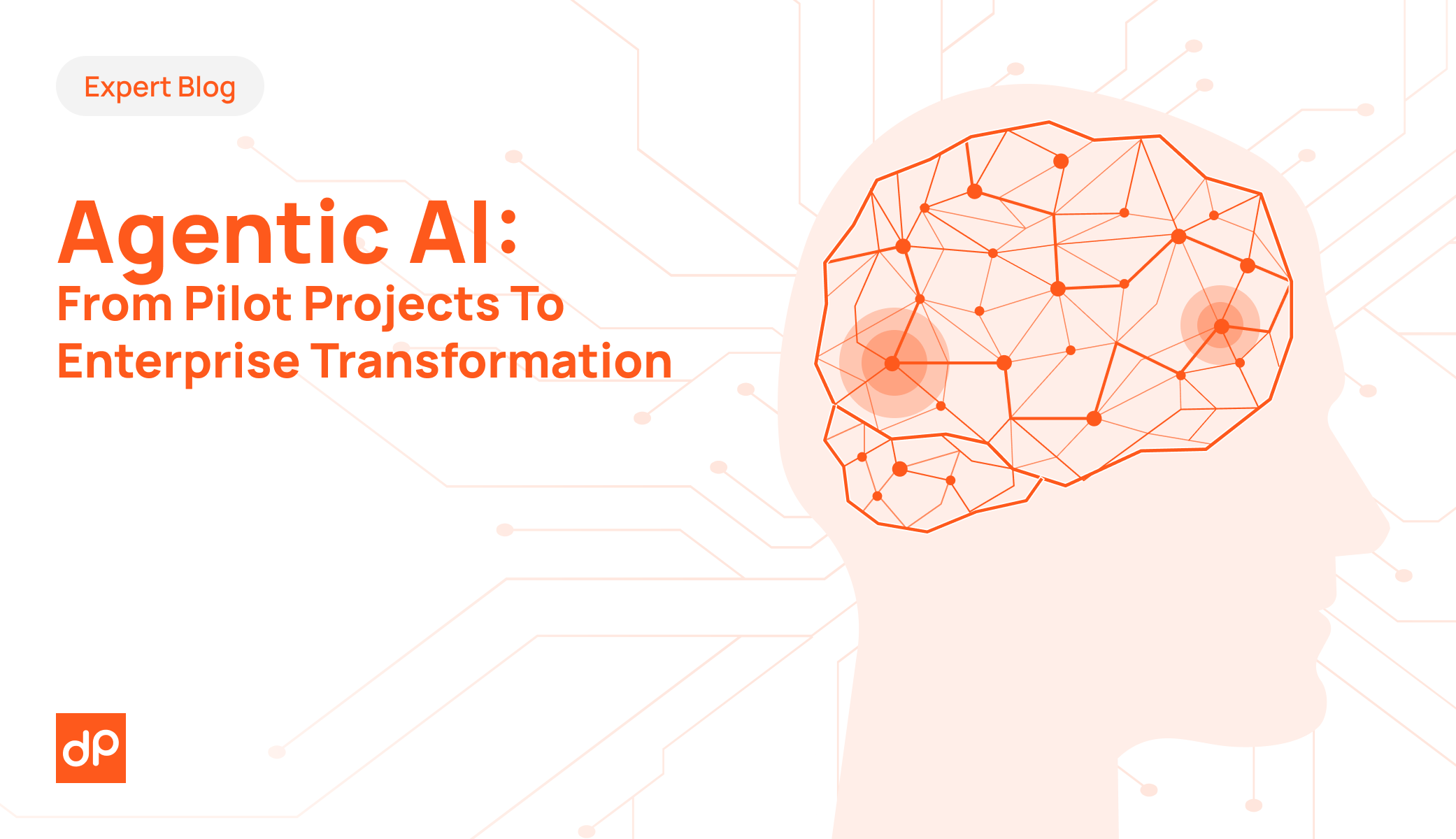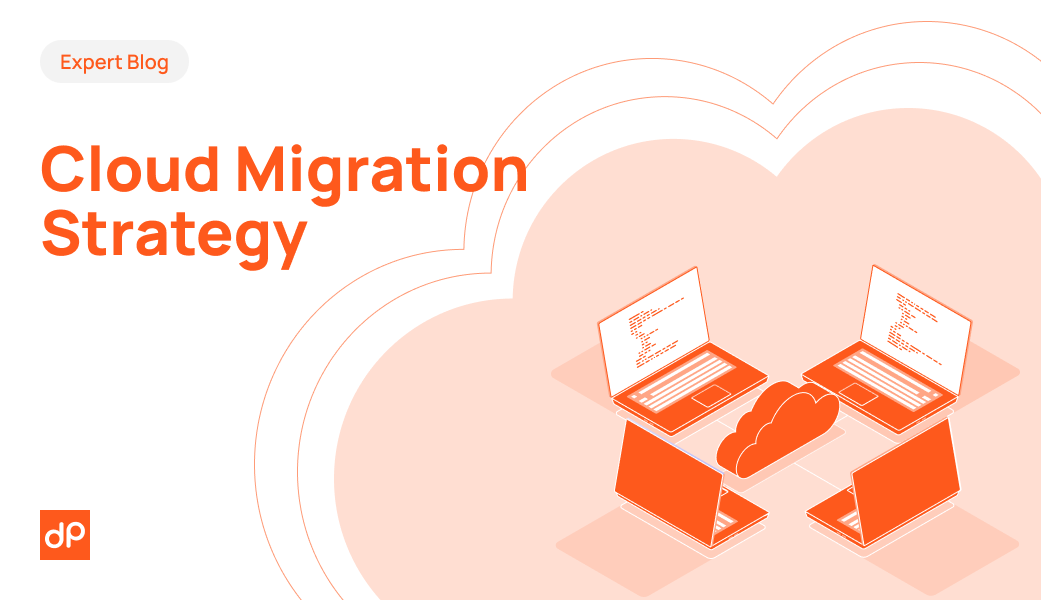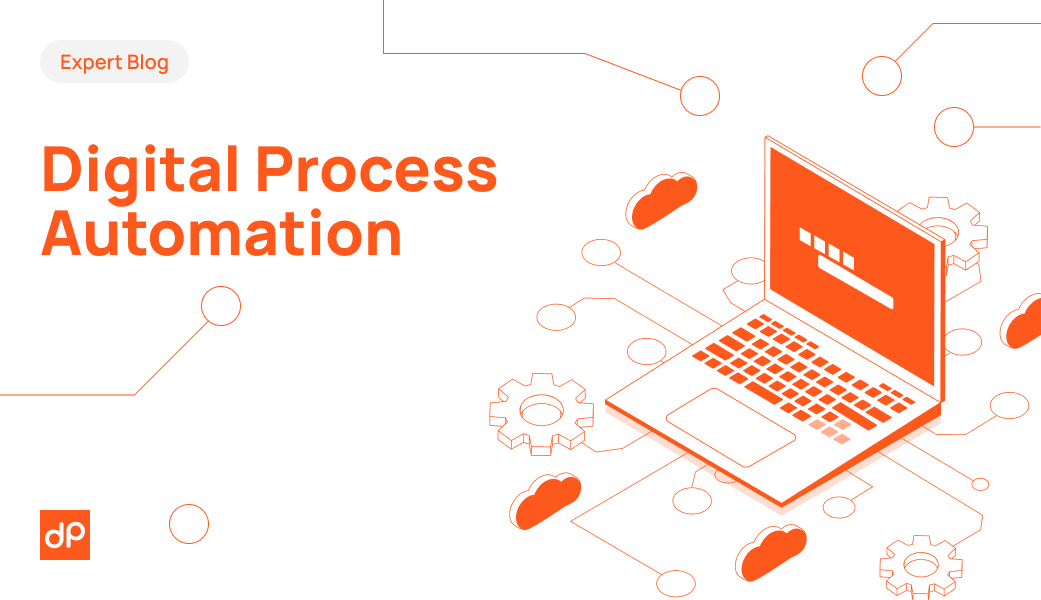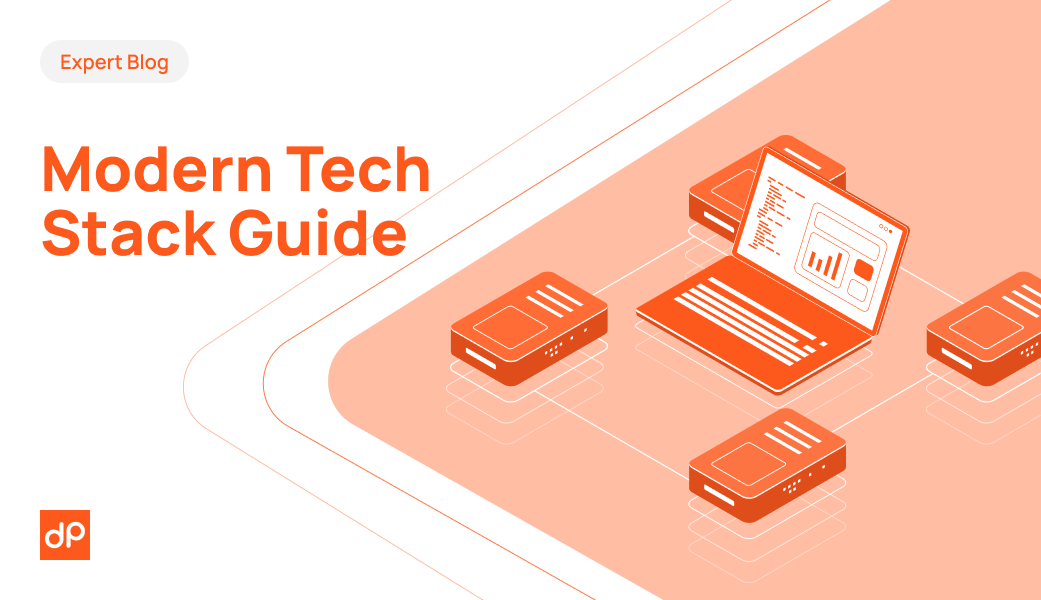Insights & News
Let's discuss how we can help bring your ideas to life!
July 31, 2025
devPulse Team

March 19, 2025
devPulse Team

March 12, 2025
devPulse Team

March 7, 2025
devPulse Team

February 20, 2025
devPulse Team

Let's discuss how we can help bring your ideas to life!
July 31, 2025
devPulse Team

March 19, 2025
devPulse Team

March 12, 2025
devPulse Team

March 7, 2025
devPulse Team

February 20, 2025
devPulse Team

By clicking "Send A Message", You agree to devPulse's Terms of Use and Cookie Policy.
